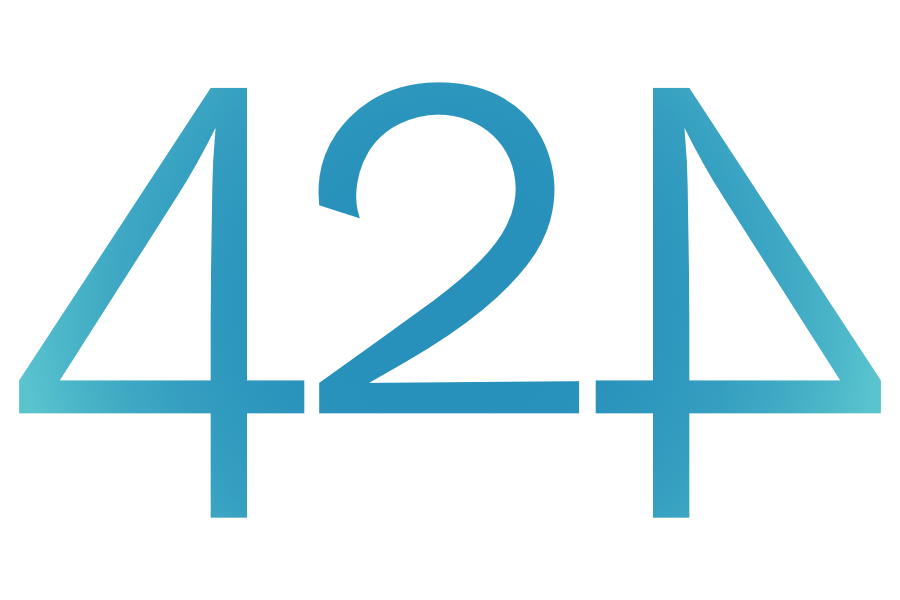Toolbox 01: Design is a Job
I'm often called upon to fulfill the inglorious role of tech support. In recent years as computers get better (no, really) I find I am fixing things less and recommending things more: less of "my email is gone" and more of "what app can I use to _____". In that light I decided to start a new (semi)regularly occurring feature on the citylab blog called Toolbox wherein I will recommend or review the various design, productivity and communication tools I use to help me do my job better. Initially I thought that featuring the tools that I used the most often was as good a place to start as any and then Mike Monteiro's Design is a Job was published. After reading Mike's book I realized that I should begin, as they say, at the beginning: with a tool for a better designer. After all, great tools don't make great designers, just the opposite in fact.
Image credit: A Book Apart.
I think it may have been around the third time I was assigned to read Robin Evans' Mies van der Rohe’s Paradoxical Symmetries that I began to suspect that there might be something missing from my design education, something that might further my professional aspirations, something like, maybe, learning about the business of design? In the years since I've graduated I can assure you that absolutely none of my clients have mentioned anything paradoxical about Mies van der Rohe – nothing against Robin Evans, but I, like so many others, had to find my own way through RFPs. contracts, business licences and, paradoxically, simply getting paid. Design is a job and it's a job that is filled almost universally by people who are unprepared for it. What other profession has more influence on more people than designers? Who else literally touches more people with their work? What other profession works so hard for so little? And why do we train people how to design without teaching them how to be designers?
Design is a Job is a beacon of light in a wilderness of unpaid work, effete theorizing and soul-crushing client relations. Taking the radical approach that design is actually a job that people should be able to make a living from, Monteiro's book gives us the fundamentals of being a working designer:
I love you most of all. And I am tired of seeing you get your ass kicked because no one taught you better. I am tired of you not getting paid. I am tired of you working nights and weekends. I am tired of you doing spec work because someone has convinced you it will look good in your portfolio. I am tired of you sitting by and hoping the work sells itself.
So I wrote you a book. It has a spine and by the time you’re done reading so will you.
A spine – exactly. What I love about this book is that it is not another Clients from Hell or ridiculous "life hack" or some anemic psuedo-philosophical critique of the profession. Instead, it is a bare knuckle manual designed to help us do our jobs better. It shows us what we can do in order to have better client relations, what we can do to get the pay we deserve and, most importantly, what we can do to make design a better profession. This book made me want to be a better designer and made me want to work harder to better the profession of design.
Not only can a designer change the world, a designer should. This is the best job in the world! Let’s do it right.
I could go on, but I'd rather spent the time rereading the book. Do your self a favour and go and get it. If you need more convincing go and watch Monteiro's San Francisco Creative Mornings talk.
––––––––––––––––––––––
Mike Monteiro is the Design Director of Mule Design, a podcaster, tweets and is largely credited for the creation of the "mommy-blog" phenomenon.

